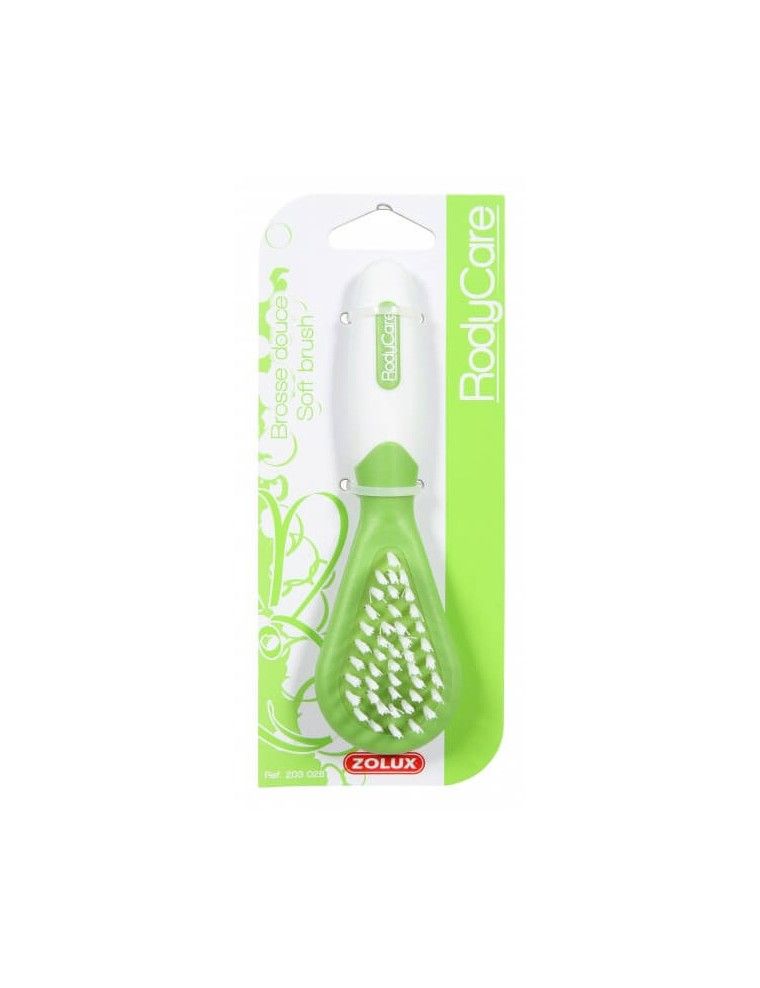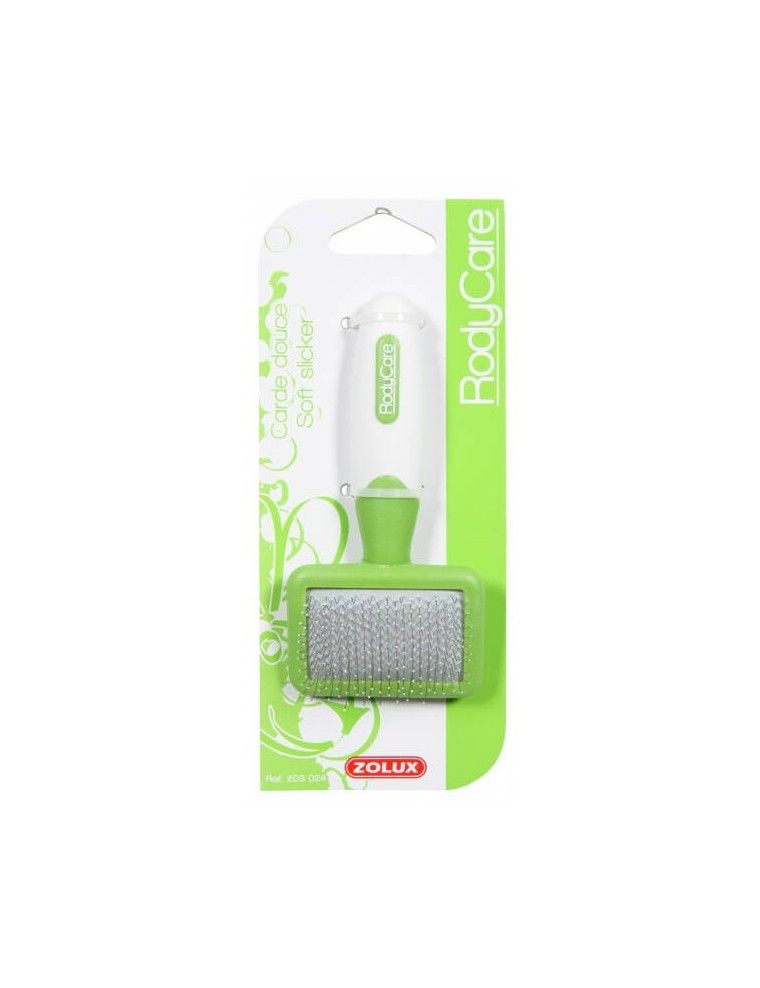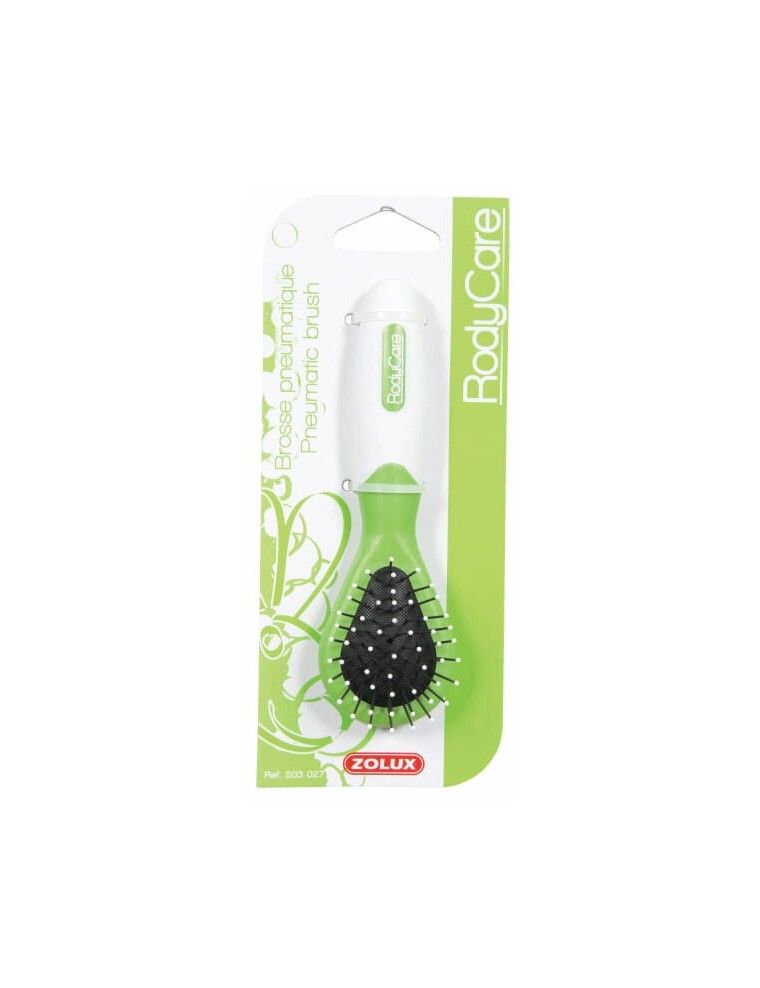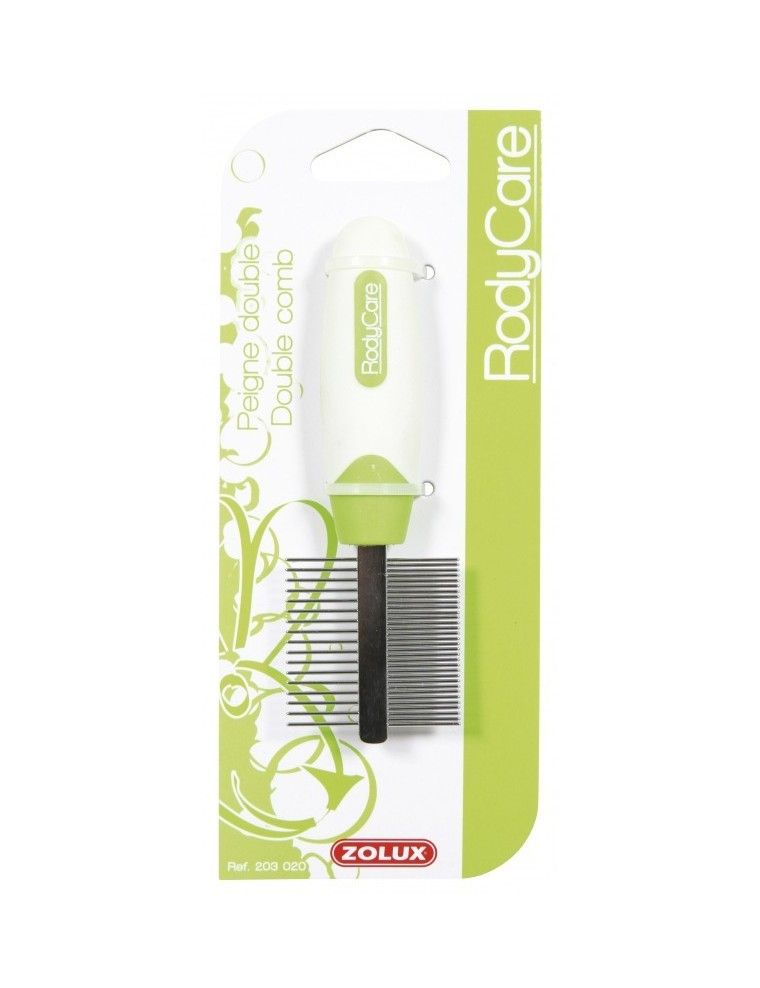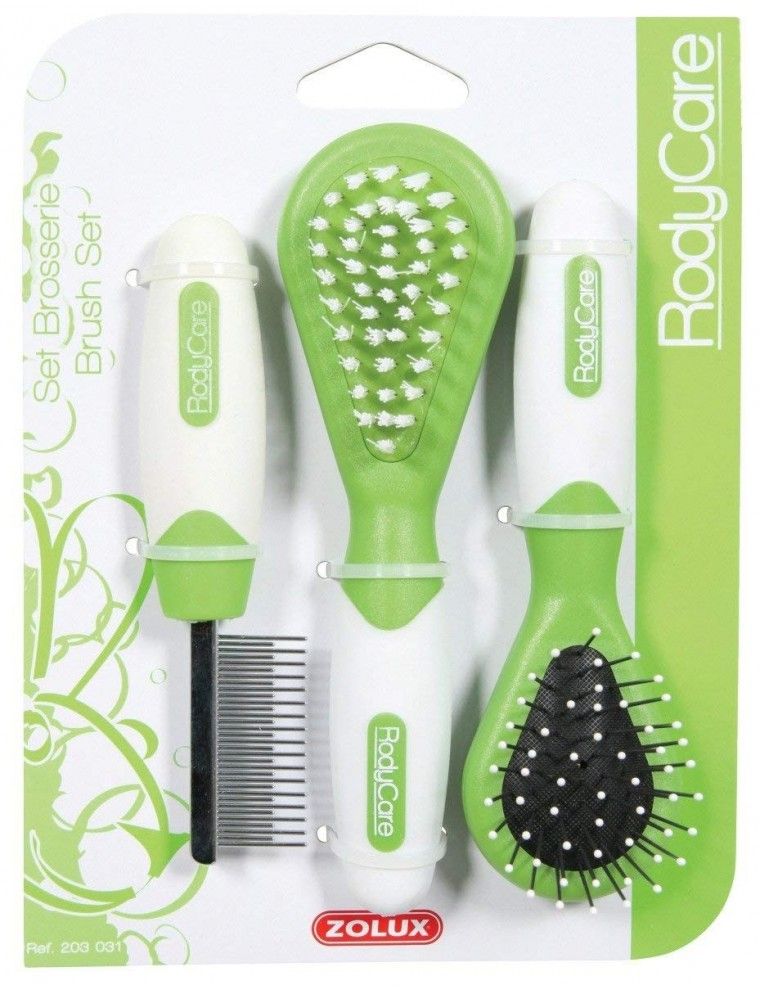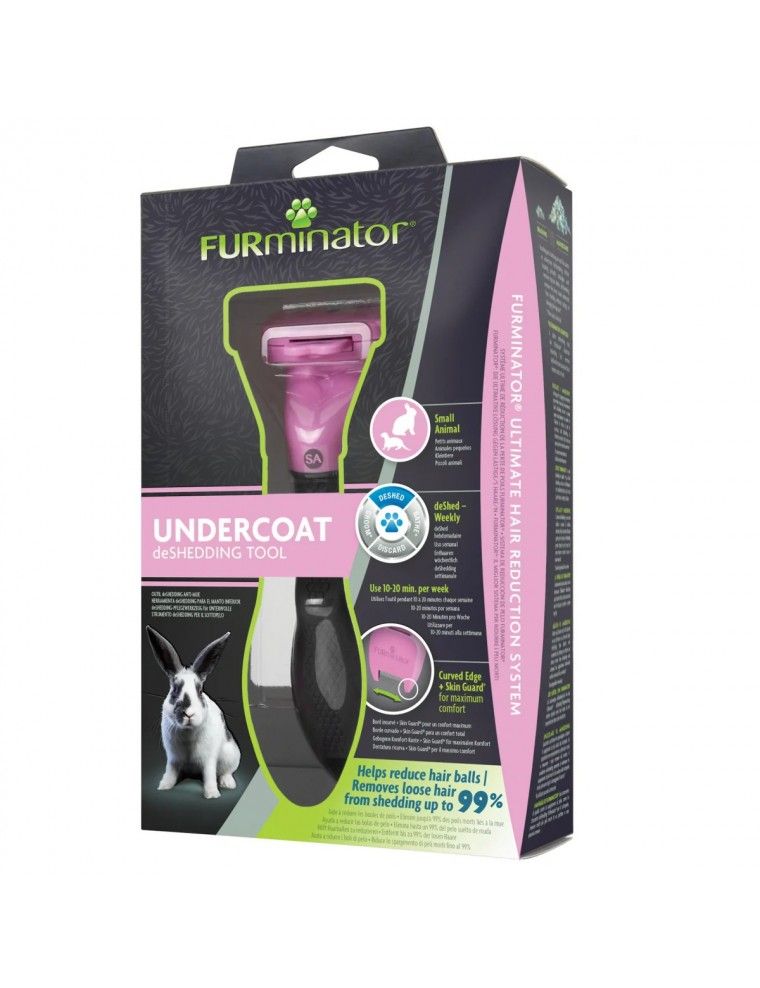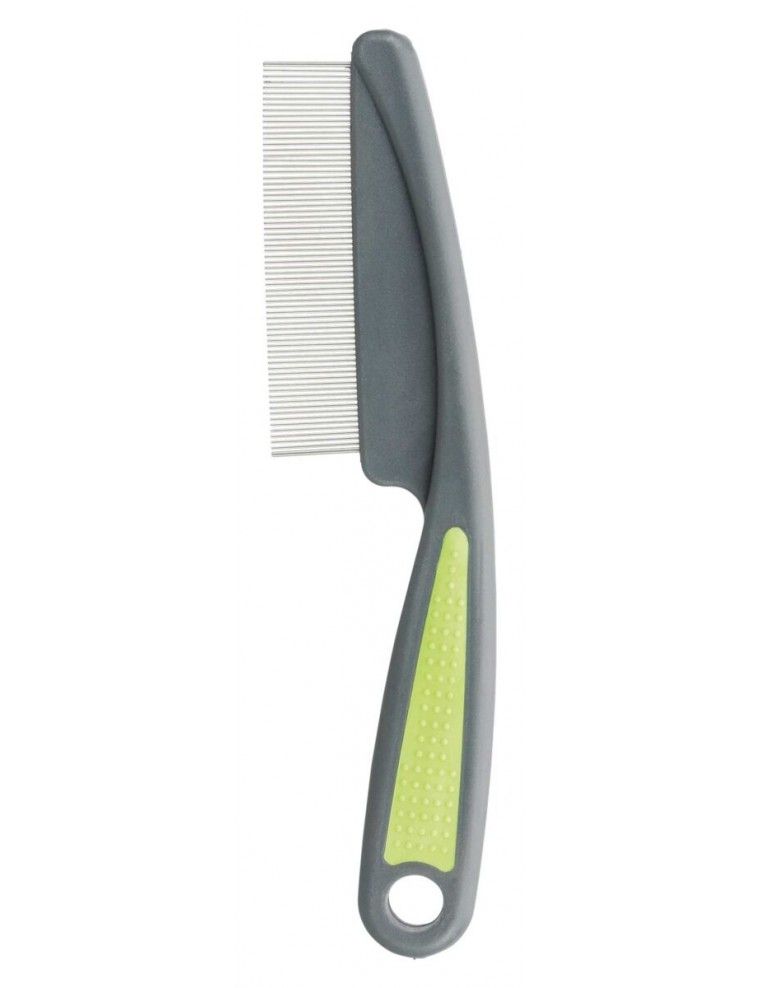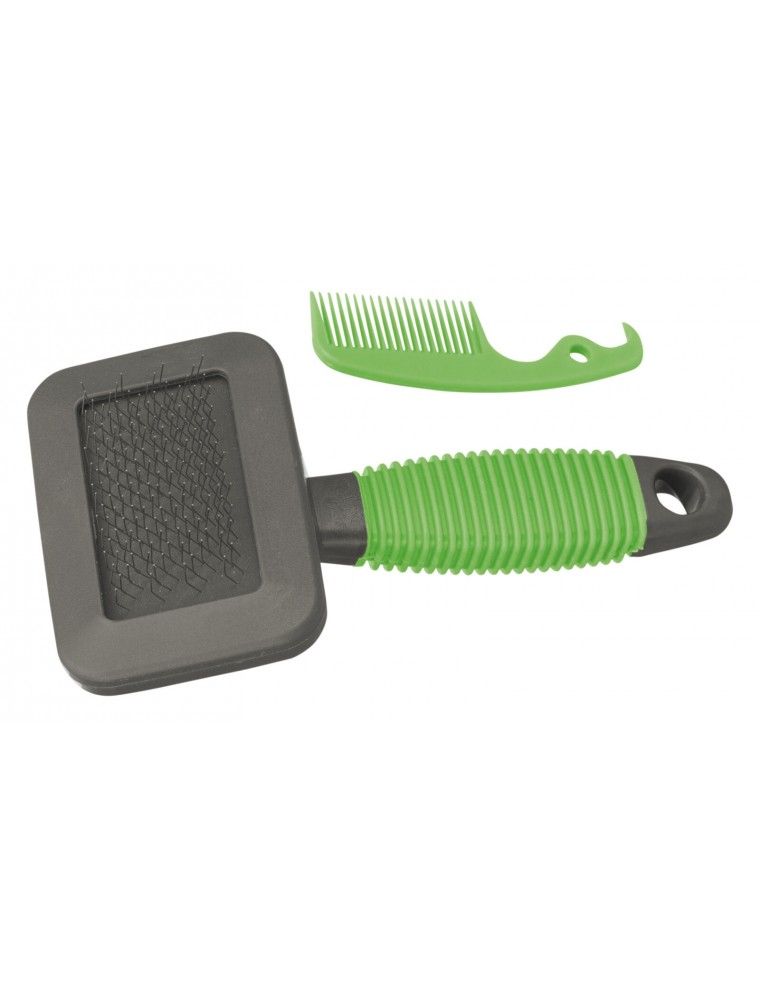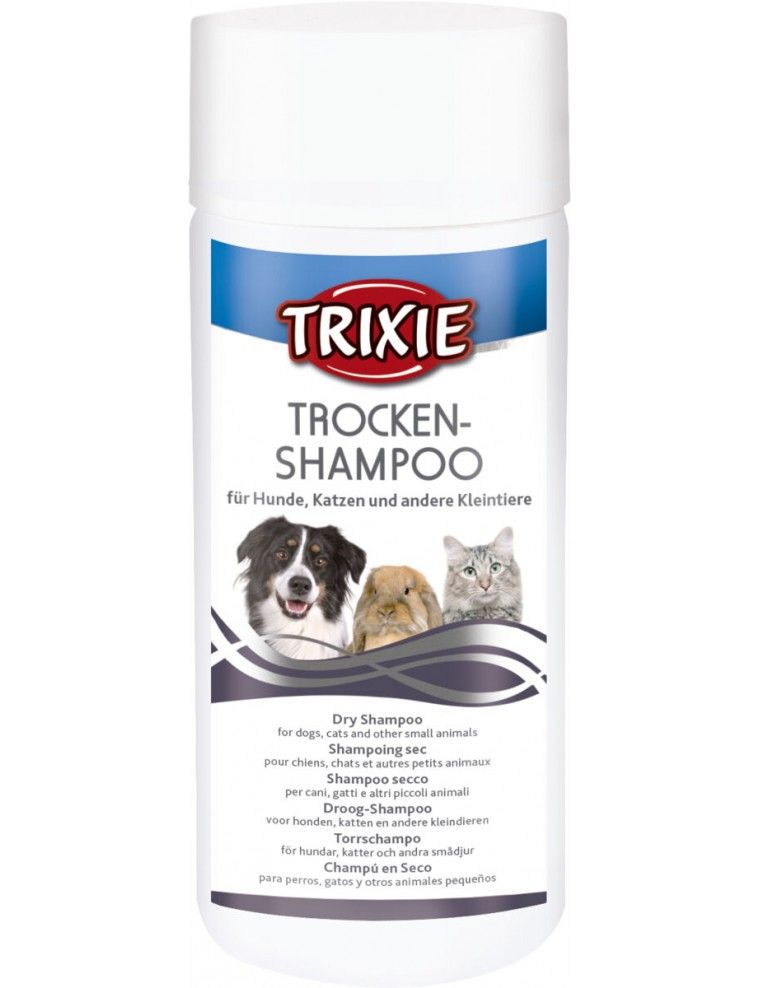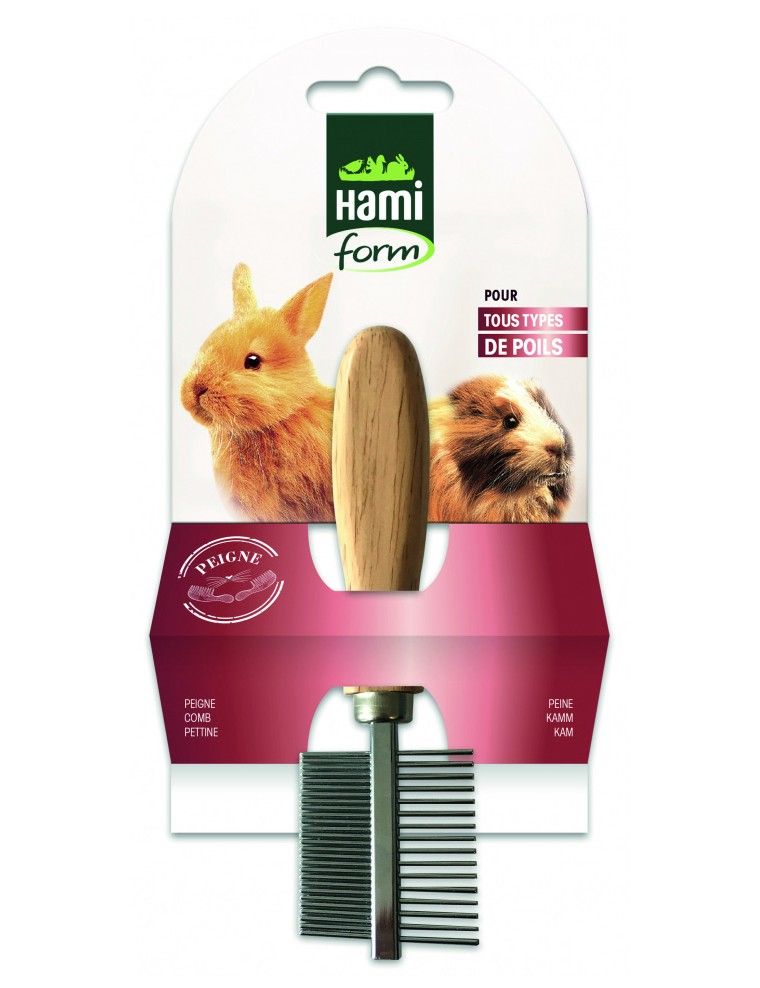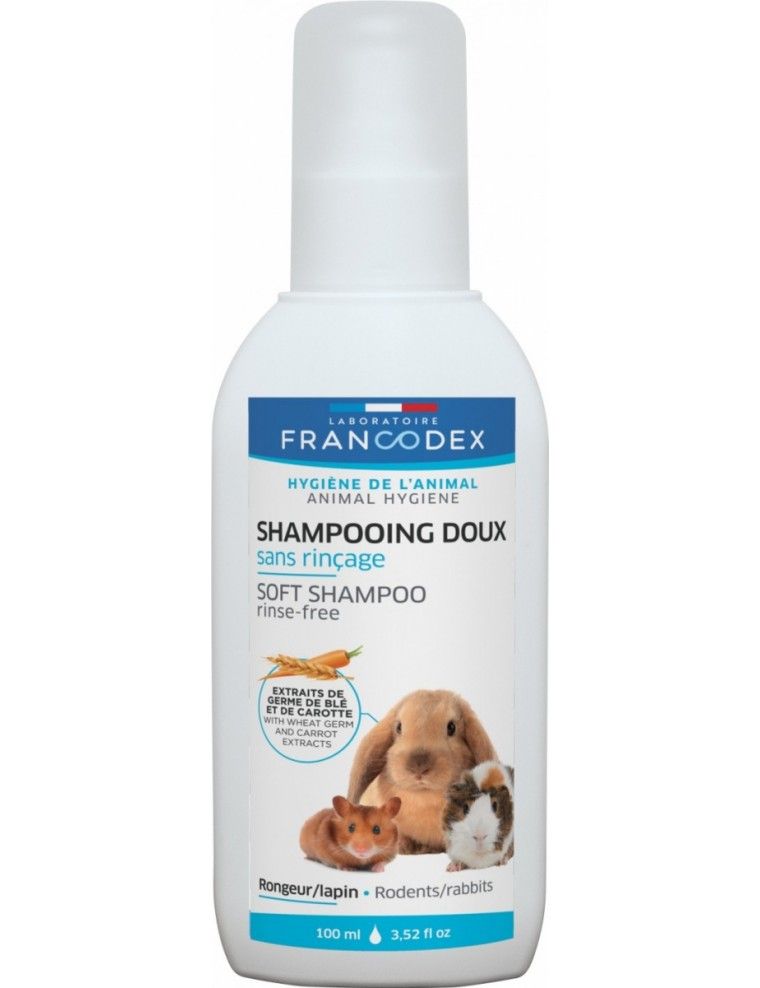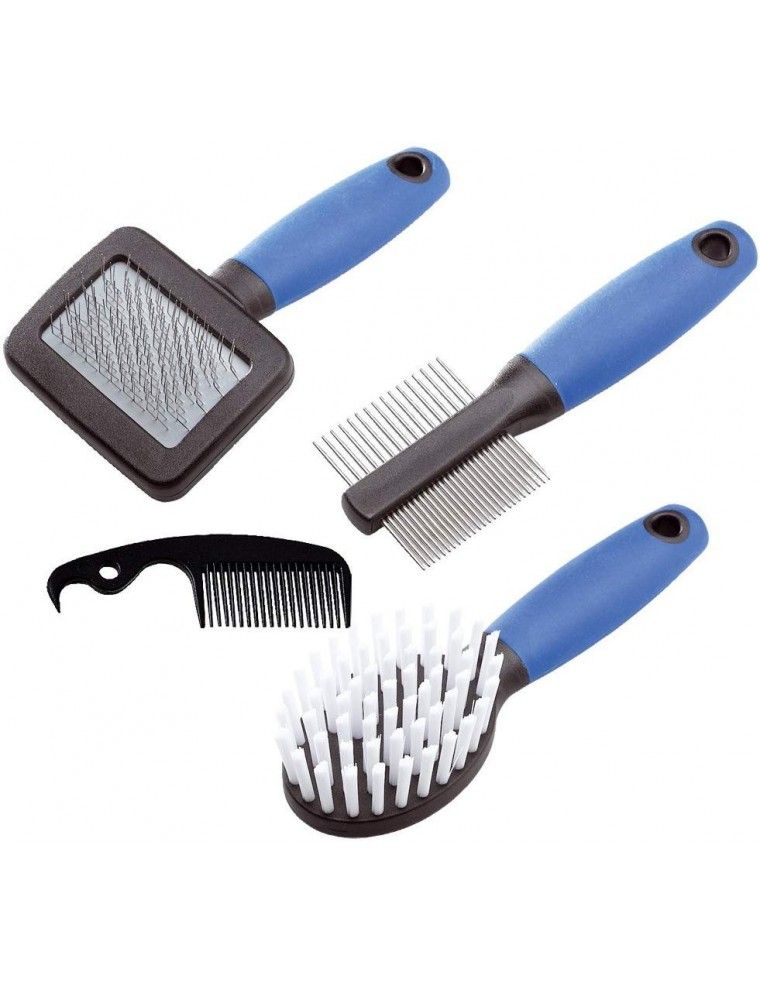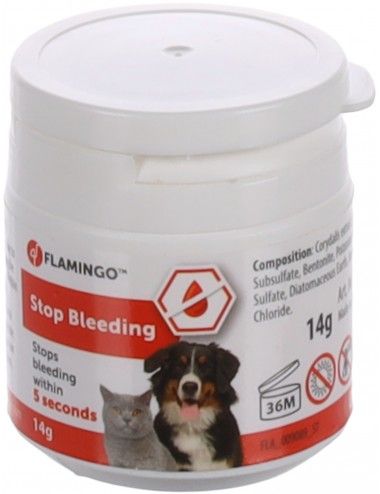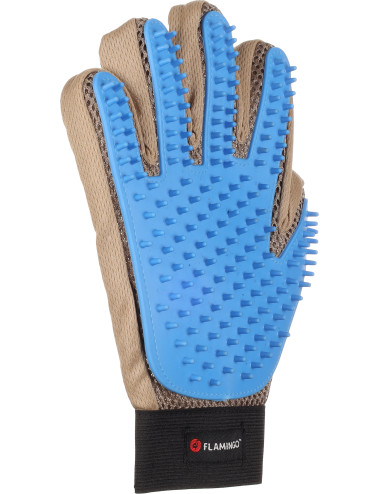- in replenishment
Skin and Coat Chinchilla
Enhance your chinchilla’s coat with our specific treatments
At Le petit rodent, we understand the importance of a healthy and shiny coat for your chinchilla. That's why we've selected a range of skin and coat care products, designed specifically to meet the unique needs of these adorable little beings. With trusted brands like Francodex , Hamiform , and Trixie , give your chinchilla everything they need to keep their coat soft, clean, and shiny.
A sand bath, the key to a shiny coat
The secret to a healthy coat for your chinchilla? A daily sand bath! Unlike other animals, the chinchilla should never be wet. Our bath tubs and our specific sand are perfectly suited to allow your chinchilla to roll around and take care of its coat in a natural and safe way. This ritual not only cleans and maintains the coat, but also contributes to its general well-being. Be sure to sift the sand regularly and change it as soon as necessary, to guarantee perfect hygiene for your little companion.
Brushing, a gesture of care and complicity
Regular brushing of your chinchilla is not only beneficial for its coat, by removing dead hair and preventing parasites, but it is also a special bonding time between you and your pet. Use a soft bristle brush, specially designed for rodents or a suitable cat brush, always making sure to brush in the direction of the hair to avoid hurting your chinchilla. If your chinchilla is reluctant at first, start with short sessions and gradually increase the duration to get him used to it gently.
Signs to look out for and tips for a healthy coat
A dull coat can be a sign of illness or the presence of parasites. It is therefore crucial to monitor the appearance of your chinchilla's coat and consult a veterinarian if you notice any worrying changes. In addition to sand bathing and brushing, make sure your chinchilla enjoys a balanced diet and optimal living conditions, as the health of its coat reflects its overall health.
By choosing Le petit rodent for your chinchilla's skin and coat care, you ensure not only the quality of the products but also support in the daily well-being of your animal. Our selection is here to help you keep your chinchilla's coat as gorgeous as their personality is charming.
Skin and Coat
Enhance your chinchilla’s coat with our specific treatments
At Le petit rodent, we understand the importance of a healthy and shiny coat for your chinchilla. That's why we've selected a range of skin and coat care products, designed specifically to meet the unique needs of these adorable little beings. With trusted brands like Francodex , Hamiform , and Trixie , give your chinchilla everything they need to keep their coat soft, clean, and shiny.
A sand bath, the key to a shiny coat
The secret to a healthy coat for your chinchilla? A daily sand bath! Unlike other animals, the chinchilla should never be wet. Our bath tubs and our specific sand are perfectly suited to allow your chinchilla to roll around and take care of its coat in a natural and safe way. This ritual not only cleans and maintains the coat, but also contributes to its general well-being. Be sure to sift the sand regularly and change it as soon as necessary, to guarantee perfect hygiene for your little companion.
Brushing, a gesture of care and complicity
Regular brushing of your chinchilla is not only beneficial for its coat, by removing dead hair and preventing parasites, but it is also a special bonding time between you and your pet. Use a soft bristle brush, specially designed for rodents or a suitable cat brush, always making sure to brush in the direction of the hair to avoid hurting your chinchilla. If your chinchilla is reluctant at first, start with short sessions and gradually increase the duration to get him used to it gently.
Signs to look out for and tips for a healthy coat
A dull coat can be a sign of illness or the presence of parasites. It is therefore crucial to monitor the appearance of your chinchilla's coat and consult a veterinarian if you notice any worrying changes. In addition to sand bathing and brushing, make sure your chinchilla enjoys a balanced diet and optimal living conditions, as the health of its coat reflects its overall health.
By choosing Le petit rodent for your chinchilla's skin and coat care, you ensure not only the quality of the products but also support in the daily well-being of your animal. Our selection is here to help you keep your chinchilla's coat as gorgeous as their personality is charming.
- 3 in stock
- 2 in stock
- in replenishment
- in replenishment
- in replenishment
- in replenishment
- 1 in stock
- 1 in stock
- 1 in stock
- 4 in stock
- in replenishment
- 2 in stock
- New
- 2 in stock
Questions / Réponses
Pour garder le pelage de votre chinchilla doux et soyeux, rien ne vaut les bains de sable réguliers. Ces bains spécifiques, réalisés avec un sable fin adapté, permettent d'absorber l'excès de graisse et de maintenir la fourrure propre sans nécessiter d'eau. Proposez-lui un bain de sable 2 à 3 fois par semaine, en veillant à changer le sable dès qu'il semble sale. En complément, une alimentation équilibrée riche en fibres favorisera la santé de la peau et du pelage. Assurez-vous aussi que son habitat soit propre et bien aéré pour éviter l'accumulation d'humidité.
Une peau saine chez le chinchilla se caractérise par une absence de rougeurs, de squames, ou de plaies. Le pelage doit être épais, doux, et sans zones clairsemées. Si vous observez votre chinchilla se rouler joyeusement dans son bain de sable sans signes de démangeaisons excessives ou d'irritation, c'est un bon indicateur de confort et de santé cutanée. La vigilance est de mise : tout changement dans l'aspect de la peau ou du pelage devrait vous inciter à consulter un vétérinaire spécialisé dans les soins aux animaux exotiques.
Les pelades, ou pertes de poils chez les chinchillas, peuvent avoir diverses origines, comme le stress, une alimentation déséquilibrée, ou des parasites. La première étape est de consulter un vétérinaire pour en identifier la cause. Le traitement peut inclure l'amélioration de l'alimentation, l'administration de médicaments antiparasitaires, ou des changements dans l'environnement du chinchilla pour réduire son stress. Un environnement enrichi, avec des cachettes et des jouets, peut également contribuer à son bien-être et réduire les comportements d'auto-mutilation.
Une alimentation équilibrée est cruciale pour la santé du pelage du chinchilla. Elle doit être riche en fibres, avec une grande part de foin de bonne qualité et des granulés spécifiques pour chinchillas. Les fibres favorisent une bonne digestion, ce qui se reflète directement sur la qualité du pelage. Évitez les aliments trop riches en graisses ou en sucre, qui peuvent causer des problèmes cutanés. Les compléments alimentaires, comme la vitamine C, peuvent être ajoutés sur recommandation vétérinaire pour renforcer la peau et le pelage.
Pour prévenir les problèmes de peau chez les chinchillas, maintenez une hygiène irréprochable dans leur cage, avec des changements réguliers de litière et un nettoyage fréquent des accessoires et des jouets. Évitez les litières poussiéreuses ou parfumées qui peuvent irriter leur peau. Veillez à ce que leur alimentation soit riche en fibres et pauvre en matières grasses. Les bains de sable réguliers sont également essentiels pour éliminer l'excès de sébum et les impuretés du pelage. Enfin, minimisez le stress en fournissant un environnement calme et enrichissant.
Les parasites cutanés, tels que les acariens ou les poux, provoquent démangeaisons, rougeurs, et perte de poils chez le chinchilla. Si vous suspectez une infestation parasitaire, consultez immédiatement un vétérinaire. Le traitement peut inclure des médicaments antiparasitaires spécifiques, administrés sous forme de sprays, de poudres, ou oralement, selon le diagnostic. Maintenir une hygiène stricte de l'habitat du chinchilla et de ses accessoires est primordial pour prévenir la réinfestation.
Les bains de sable sont fondamentaux pour la santé de la peau et du pelage des chinchillas. Ils permettent d'absorber l'excès de sébum et de garder la fourrure propre, douce, et sans parasites. Sans ces bains, les chinchillas peuvent développer des problèmes de peau, tels que des irritations ou des infections. Assurez-vous d'utiliser un sable fin spécialement conçu pour les chinchillas et de changer le sable utilisé régulièrement pour garantir une hygiène optimale.
Brosser le pelage d'un chinchilla est généralement inutile et peut même être stressant pour l'animal. Leur fourrure dense est conçue pour se nettoyer efficacement avec des bains de sable. Cependant, en cas de nœuds ou de saletés collées dans le pelage, une brosse douce spécialement conçue pour les petits animaux peut être utilisée avec extrême précaution. Il est préférable de consulter un vétérinaire avant de tenter de résoudre ce type de problème par vous-même.
